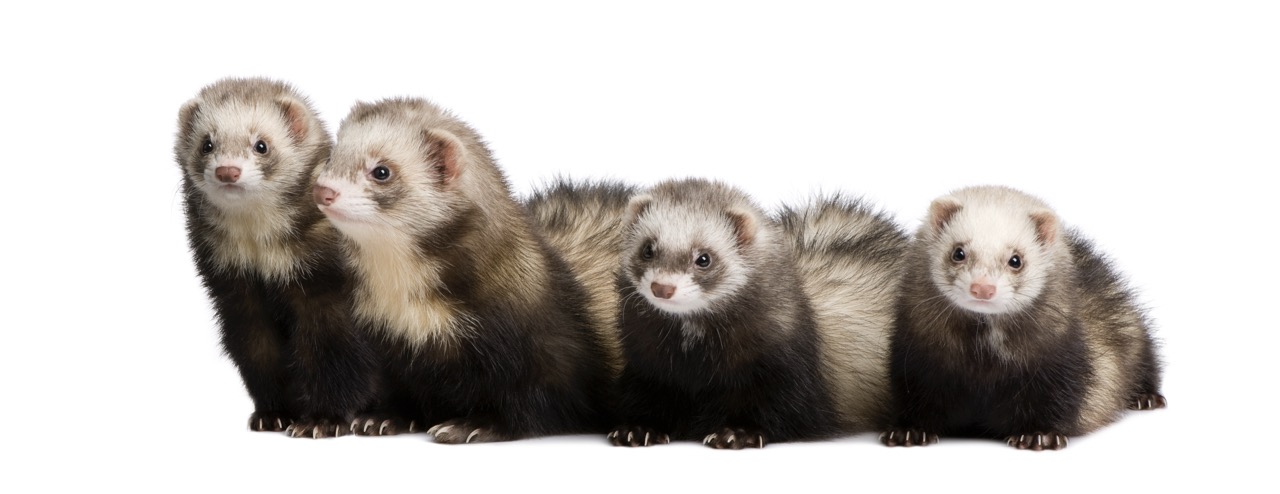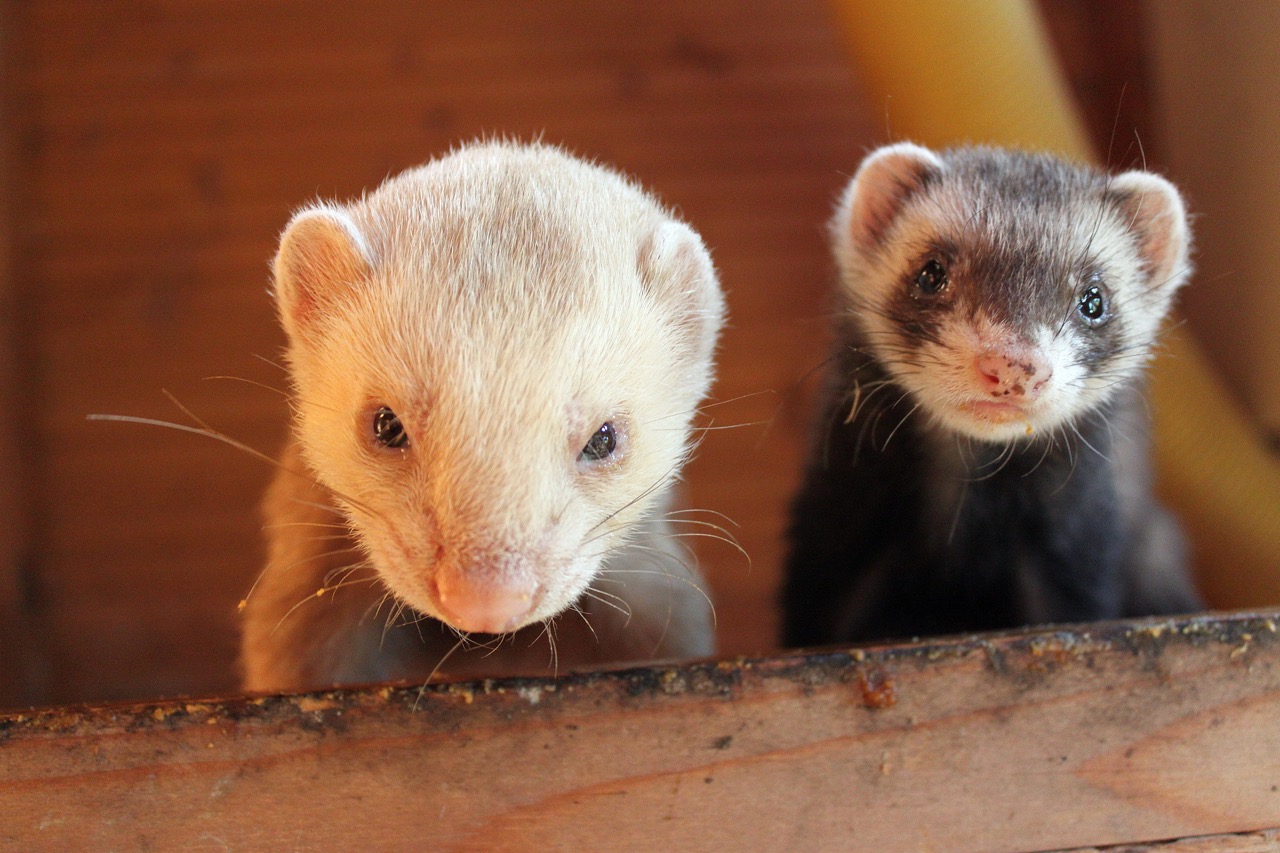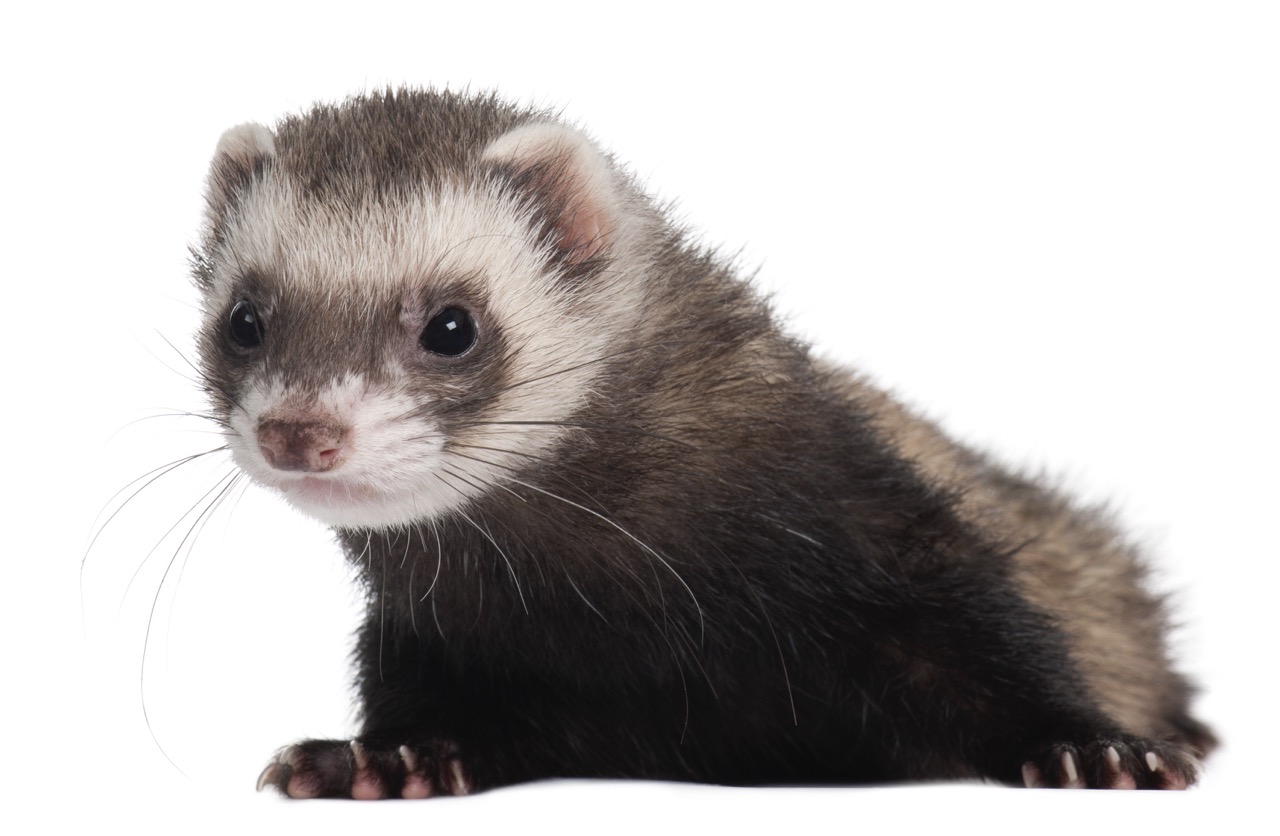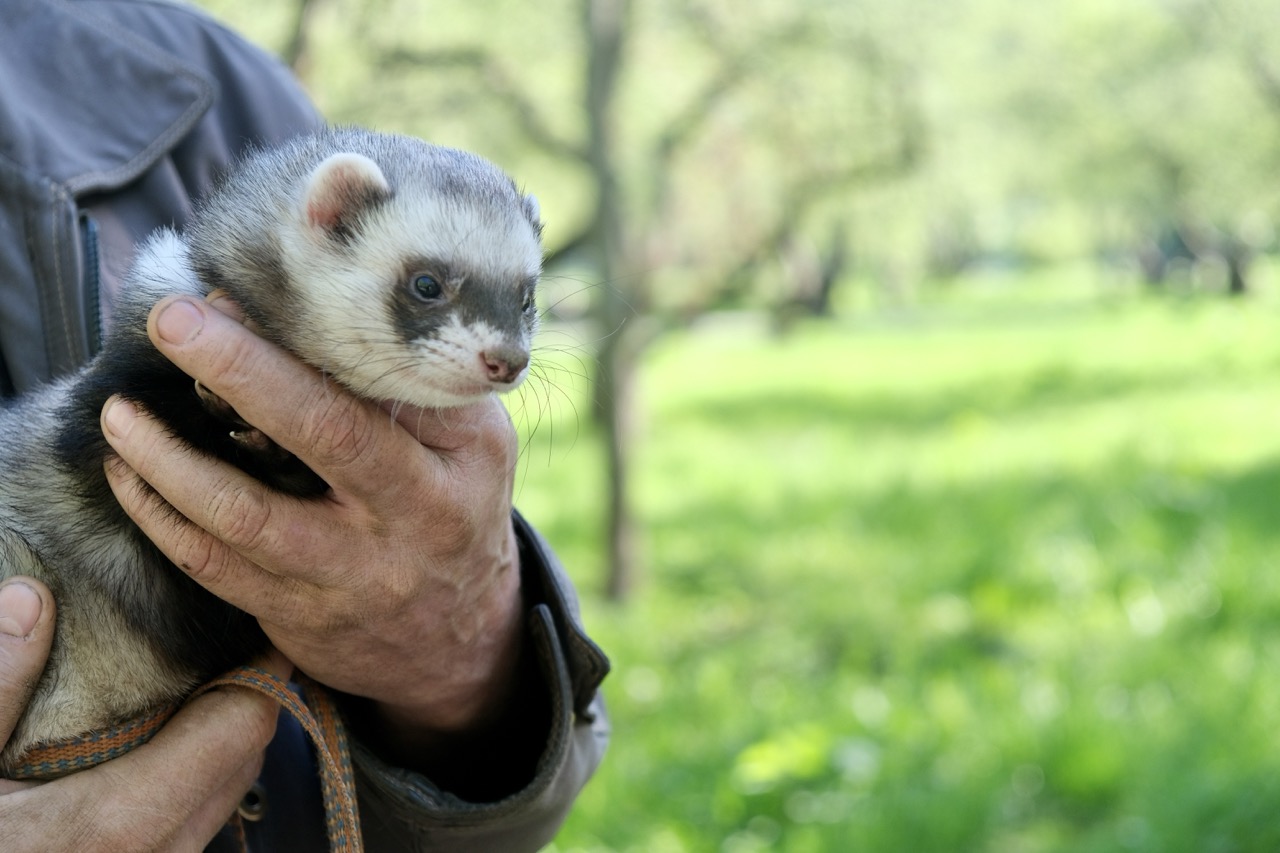Ferrets are captivating creatures that have gained popularity as household pets. Understanding their metabolism is essential for their proper care, particularly when it comes to managing their diet and overall health. Ferrets possess unique metabolic characteristics, which influence how quickly they burn calories. This article delves into the intricacies of ferret metabolism, factors that affect their caloric burn rates, and practical tips for ensuring their dietary needs are met.
Understanding Ferret Metabolism: An Overview of Basics
Ferrets are obligate carnivores, meaning their bodies are specially adapted to process and utilize animal-based proteins and fats. Their metabolism is quite rapid compared to many other pets, allowing them to convert food into energy efficiently. On average, ferrets require approximately 150 to 200 calories per day, depending on their size, activity level, and overall health. This high metabolic rate is attributed to their natural instincts as hunters, requiring them to have energy readily available for short bursts of activity.
The digestive system of a ferret is designed for quick processing, with food typically moving through their gastrointestinal tract within just a few hours. This fast digestion means that ferrets need to eat more frequently than some other animals, often requiring meals every few hours. Ensuring they have access to high-quality, protein-rich food is paramount, as their bodies thrive on digesting meat rather than carbohydrates, which can lead to health issues if overconsumed.
Another critical aspect of ferret metabolism is their ability to maintain body temperature. Ferrets have a higher than average body temperature, averaging around 100 to 103 degrees Fahrenheit. They rely on their metabolic rate to generate heat, which can lead to increased caloric needs, especially during colder seasons or when experiencing stress. Understanding these basic principles helps ferret owners appreciate the importance of a tailored diet and active lifestyle to support their pets’ health.
Factors Influencing Ferret Caloric Burn Rates Explained
Several factors can affect how quickly ferrets burn calories, including age, activity level, and environmental conditions. Younger ferrets tend to have faster metabolisms as they grow and develop, while older ferrets may experience a decline in metabolic rate, necessitating adjustments in diet and caloric intake. Active ferrets that engage in play and exploration will burn more calories than those that are sedentary, highlighting the need for regular exercise and stimulation to promote a healthy lifestyle.
In addition to age and activity, the surrounding environment plays a critical role in influencing a ferret’s metabolism. Ferrets are sensitive to temperature changes; extreme heat or cold can lead to increased energy expenditure as they work to maintain their body temperature. A comfortable living environment helps ensure that ferrets do not expend excess energy, thereby promoting optimal caloric burn rates and better overall health.
Health conditions can also significantly impact metabolism. Certain diseases, such as insulinoma or adrenal disease, can lead to fluctuations in energy levels and caloric needs. Ferret owners should be vigilant in monitoring their pets for any changes in behavior or appetite, as these could signal underlying health issues affecting their metabolism. Regular veterinary check-ups can help identify and address any health concerns, ensuring ferrets receive the appropriate care.
Comparing Ferret Metabolism to Other Small Mammals
When comparing ferret metabolism to other small mammals, it becomes evident that ferrets have a uniquely high metabolic rate. For instance, while rabbits and guinea pigs are herbivorous and have slower digestive systems, ferrets’ carnivorous diet necessitates a faster processing time for their food. This stark contrast highlights the importance of understanding species-specific dietary needs and the implications on their overall health and well-being.
In contrast to rodents, which may have variable metabolic rates depending on their size and species, ferrets maintain a consistently high caloric requirement. For example, a typical rat may require around 40 to 60 calories per day, which is significantly lower than a ferret’s needs. This difference underscores the necessity for ferret owners to provide a diet that meets their unique energy requirements, focusing on protein-rich foods to support their swift metabolism.
Moreover, the energy expenditure in ferrets can be likened to that of small carnivores like weasels and minks, which share similar dietary habits and metabolic characteristics. Understanding these comparisons helps owners appreciate the biological demands placed on their pets and reinforces the need for a proper diet and lifestyle that caters to their specific metabolic needs.
Tips for Managing Your Ferret’s Diet and Health Needs
To ensure that your ferret is receiving adequate nutrition, it is essential to choose high-quality commercial ferret food that is specifically formulated to meet their dietary requirements. Such foods should be rich in animal protein and fats while minimizing carbohydrates, as ferrets lack the enzymes needed to effectively digest plant-based materials. It’s also beneficial to offer a variety of protein sources, including high-quality kibble, wet foods, and occasional treats like cooked meats, to maintain their interest in food and ensure balanced nutrition.
Regular feeding schedules can help regulate ferret metabolism and prevent obesity, which is a common issue among pet ferrets. Offering smaller, more frequent meals throughout the day aligns with their natural feeding behaviors, promoting better digestion and energy levels. Additionally, monitoring their weight and body condition can help identify any dietary adjustments that may be needed, ensuring they remain healthy and active.
Lastly, providing opportunities for physical exercise is crucial for maintaining a healthy metabolic rate. Engaging your ferret in interactive play, offering climbing structures, and allowing them to explore safe environments can all contribute to their overall well-being. Ensuring they have a stimulating environment not only aids in calorie burning but also enriches their lives, reducing the risk of behavioral issues stemming from boredom.
Understanding ferret metabolism is essential for any owner looking to provide the best possible care for their pet. By grasping the basics of how ferrets process food, the factors that influence their caloric burn rates, and how their metabolism compares to other small mammals, owners can make informed decisions about their diet and lifestyle. Implementing the tips outlined in this article will help ensure that your ferret remains healthy, active, and happy throughout their life. Taking these steps emphasizes the importance of tailored care in keeping your furry friend thriving.










